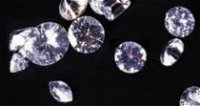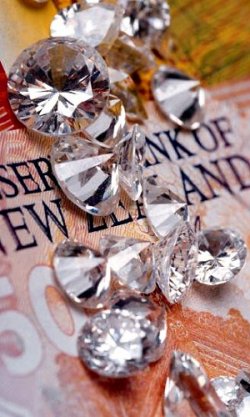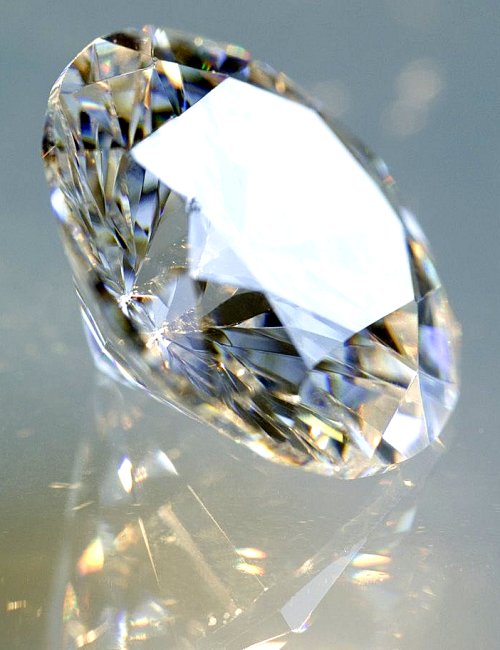Other People's Money
Today, other people's money. The University of Houston's College of Engineering presents this series about the machines that make our civilization run, and the people whose ingenuity created them.
Con games are a form of Jujitsu. A con man uses his mark's momentum to his own advantage. People with the most uncontrolled momentum -- the greatest wants -- are the most vulnerable to the con, and to serious humiliation. So let's look at writer Robert Wilson's diagnosis of The Great Diamond Hoax of 1872.
Philip Arnold had left Kentucky to follow the California Gold Rush at 19, and worked in the mining business ever since. At 40, he was the book-keeper for a drill-bit maker in San Francisco -- a company that used industrial grade diamonds in its rock-drill bits.
Arnold, and a Kentucky cousin named John Slack, approached a somewhat shady San Francisco businessman, and asked him to deposit a small bag in a bank that he had access to. They let him pry it out of them that the bag held uncut diamonds. Then they swore him to secrecy.
 They'd chosen their mark well; their Jujitsu worked perfectly. Soon everyone in town who had big money knew about their find. Big money people soon asked Arnold and Slack to sell their first piece of the imaginary lode for two $50,000 payments.
They'd chosen their mark well; their Jujitsu worked perfectly. Soon everyone in town who had big money knew about their find. Big money people soon asked Arnold and Slack to sell their first piece of the imaginary lode for two $50,000 payments.
Arnold then hurried off to London to spend $20,000 on uncut stones. He took them to a scabrous spot in northwestern Colorado where he'd staked a 3000-acre claim. He salted an acre with diamonds, emeralds, sapphires and rubies, then brought investors in for what Wilson calls a great Easter-egg hunt. One of the victims later wrote, "Why a few pearls weren't thrown in [I cannot] tell."
 Arnold managed to clean up over a half-million dollars in bogus land and stock shares. Before he was done, the list of the inadvertently complicit included General George McClellan, Charles Tiffany, General Benjamin Butler, and even Horace Greeley.
Arnold managed to clean up over a half-million dollars in bogus land and stock shares. Before he was done, the list of the inadvertently complicit included General George McClellan, Charles Tiffany, General Benjamin Butler, and even Horace Greeley.
It all might've gone on a lot longer, but for a chance meeting. Clarence King was then leading a large government survey team. One of his team members met several investors showing off their diamonds on a California train and leaking the location of the lode. When King heard about it, he realized that having missed the Colorado diamonds could cost him his government funding.
He and his men raced to Colorado and located the claim. They immediately began finding precious stones. Then they noticed that gems turned up only where the ground was disturbed. And there were none deeper than a few inches below the surface. Once they saw through it, the whole scheme was downright clumsy.
What happened next is the saddest part of our story: When King reported the fraud to the investors, they begged him to keep quiet for a few days so they could sell their own company stock short. But King refused to take part in making others pay for their folly. Arnold and Slack were indicted for fraud, but never prosecuted. The investors, it seems, were more concerned with keeping their own foolishness out of the papers, than seeing justice done.
I'm John Lienhard, at the University of Houston, where we're interested in the way inventive minds work.
R. Wilson, The Great Diamond Hoax of 1872. Smithsonian, June 2004, pp. 70-79. The fragment of Marilyn Monroe singing "Diamonds Are a Girl's Best Friend" at the end of the audio is from The Very Best of Marilyn Monroe,1999 Cleopatra recording B00000KOMV, Track 1.

(All images are clipart)